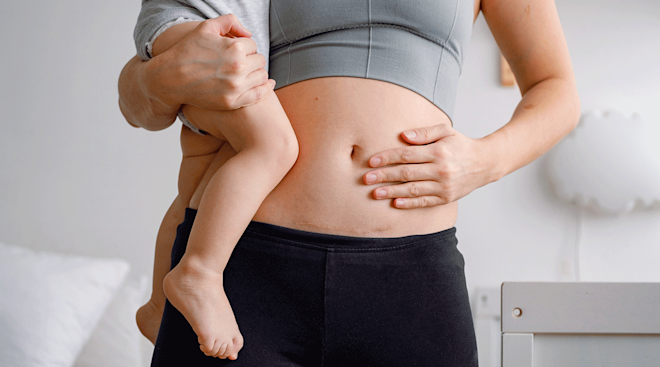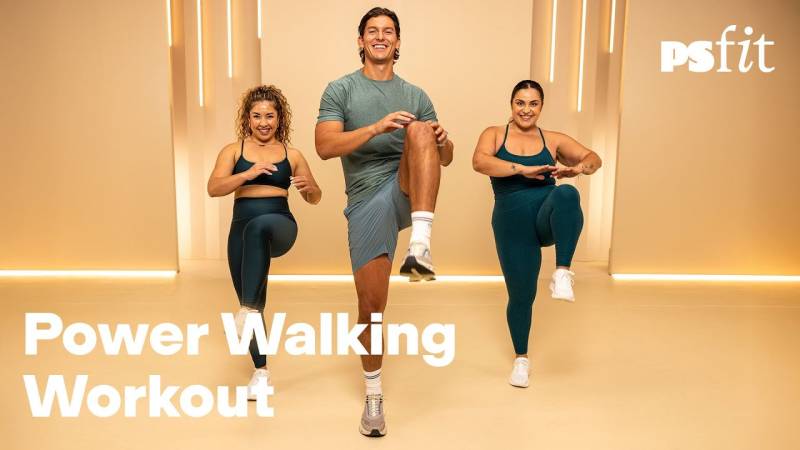You don't need to be an expert to know that your heart health is important. But you do need to be an expert (or at least have the right equipment) to get a full-360 view of your heart health, from your blood pressure to your cholesterol levels and more. If you, like many people, put off going to the doctor for your yearly check-ups, you might just be hoping that everything's pretty much copacetic when it comes to your heart anyway.
But you know what they say about assuming. Heart health issues are incredibly common: heart disease is the leading cause of death for most racial and ethnic groups in the US, per the US Centers for Disease Control and Prevention, and someone in the US has a heart attack every 40 seconds.
To be clear, we recommend regularly getting your heart checked out by a pro. But in the meantime, there are ways to monitor your own heart health yourself, right in the comfort of your home, without any special devices -- you just need a few minutes and a bit of math.
Here are two easy ways to measure your heart health at home without equipment. Plus, learn the most common signs and symptoms of heart problems to look out for.
Do you get out of breath while walking up the stairs? One 2020 study by the European Society of Cardiology found that you can assess your heart health by timing how long it takes you to ascend four flights of stairs.
"If it takes you more than 1½ minutes to ascend four flights of stairs, your health is suboptimal, and it would be a good idea to consult a doctor," explains study author Dr. Jesús Peteiro, a cardiologist at University Hospital A Coruña, Spain.
The study compared the results of the stairs test and more in-depth medical tests of heart health, like a treadmill test. They found some overlap -- 58% of patients who took longer than 1½ minutes to complete the stairs test had "abnormal heart function during the treadmill examination," per the study. People who took less time to ascend the stairs also had higher exercise capacity, which in turn is linked with a lower mortality rate.
Dr. Peteiro also authored a 2018 study in which over 12,000 participants walked up three flights of stairs. Those who weren't able to do it quickly were nearly three times more likely to die from heart disease over the next five years (3.2% compared to 1.7%).
Notably, both studies only looked at people with symptoms of coronary artery disease. But Dr. Peteiro said that, when it comes to measuring exercise capacity, the stairs test should work similarly in the general population. And various types of step tests have long been used by medical professionals to assess heart and lung fitness.
Your heart rate, also known as your pulse, is a basic measurement of heart health, which is why your doctor or nurse often listens for it during check-ups. It's easy to measure at home with no equipment and offers useful information about your heart and overall fitness.
Your heart rate naturally changes throughout the day, depending on how much you're exerting yourself. During moments of high stress or intense physical exertion, for example, your heart beats faster. When you're relaxed or asleep, it beats more slowly.
There are two types of heart rate you can measure at home: resting heart rate and maximum heart rate. First, we'll go over what each one means. Then we'll explain how to measure.
Resting heart rate
Your "resting heart rate" is your pulse at rest, when you're relaxed and still. Research shows that higher resting heart rates, are linked with lower physical fitness, higher blood pressure, and an increased risk of heart attack and death.
What's "low" or "normal" varies a bit by the individual. In general, healthy adult heart rates range from 60 to 100 beats per minute, but ranges also depend on age. Here are the target resting heart rate ranges for various age groups:
Age
Target Resting Heart Rate
20 years
100 - 170 beats per minute (bpm)
30 years
95 - 162 bpm
40 years
90 - 153 bpm
50 years
85 - 145 bpm
60 years
80 - 136 bpm
70 years
75 - 128 bpm
Maximum heart rate
In addition to your resting heart rate, you can also measure your heart rate during exercise. This gives you an idea of how fast your heart beats when it's working extra hard, and how close it is to your "maximum heart rate" -- the highest that your heart rate should ever go. To get your maximum heart rate, subtract your age from 220.
In this case, lower isn't necessarily better. During moderate-intensity physical exercise, you should aim to get between 64% and 75% of your maximum heart rate, per the CDC. And during vigorous-intensity exercise, your should be between 77% and 93% of your maximum heart rate.
Your maximum heart rate has to do with how much aerobic capacity your body has. Studies have found that higher aerobic capacity is associated with less likelihood of heart attack and death, Harvard Health reports.
How to measure your heart rate at home
There are a few places on your body where you can feel your pulse. One common and easily accessible location is the radial artery, or your wrist.
Simply put your index and middle finger on the inside of the opposite wrist, and count the number of heartbeats you feel in 15 seconds. Multiply that number by four to get your heart rate in beats per minute. (Start the count on a beat, which is counted as zero.)
The best time to measure your resting heart rate is in the morning when you wake up, while you're still in bed.
To measure your heart rate during exercise, you'll have to pause briefly in the middle of exercising to measure your pulse. You can also use a heart rate monitor or fitness tracker, if you have one (the most accurate measurements come from a chest-strap heart rate monitor).
Many people with cardiovascular diseases go undiagnosed until it's too late. Here are some of the most common symptoms of heart attack, heart disease, heart failure and other urgent cardiovascular health concerns to look out for, courtesy of the Mayo Clinic.
Chest pain, tightness
Shortness of breath
Swelling in the hands, legs, ankles or feet
Upper back or back pain
Rapid or irregular heartbeat (or palpitations)
Changes in heart rhythm
Weakness or dizziness
Numbness in the legs or arms
Lightheaded or dizziness
Fatigue or weakness during physical activity
Heartburn, nausea or vomiting
Fainting





